The Rione Spada of Foligno and the Porticato delle Conce
Foligno, located in the heart of the Umbrian valley, is a place where traditions are constantly renewed, without ever losing their essence, thanks to the strong bond that the people of Foligno maintain with their history.
A drive that every year motivates them to merge with the roots of their past on the occasion of the Giostra della Quintana, the historical reenactment of a Joust from 1613, contested in Piazza Grande between five descendants among some of the noble families from the city's districts (rioni), to solve the doubt about "which thing is of greater contentment to a knight of honor: to maintain the grace of the prince or the continued favor of a beautiful et gentilissima dama".
The Rione Spada, among the city's most characteristic districts, incorporates within its boundaries the historical Palazzo Trinci, dating from the late 14th century, and the Porticato delle Conce that overlooks the Canale dei Molini (or Topinello). In the 13th century the Perugini had besieged Foligno and to hasten the surrender of the city had diverted the course of the Topino outside the walls. The Canal is therefore the original course of the Topino River, which crossed Foligno from east to west.
The river is among the largest in the region and was important even in ancient times, when it was still called Supunna, a name derived from a legendary water deity. In Roman times, however, it was known as Tinia, as reflected in the writings of Silio Italico, Pliny and Strabo, who mentions it as "Tenea." It is Dante Alighieri who first, in his Commedia, calls it "Tupino," precisely in the Paradise Canticle, when St. Thomas Aquinas describes the birthplace of St. Francis of Assisi.

























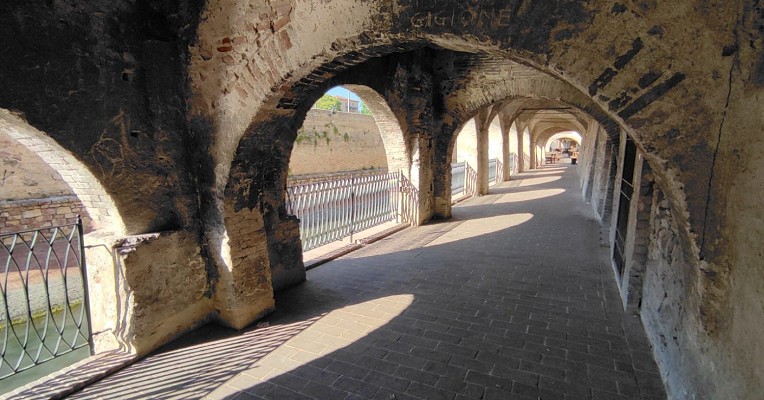
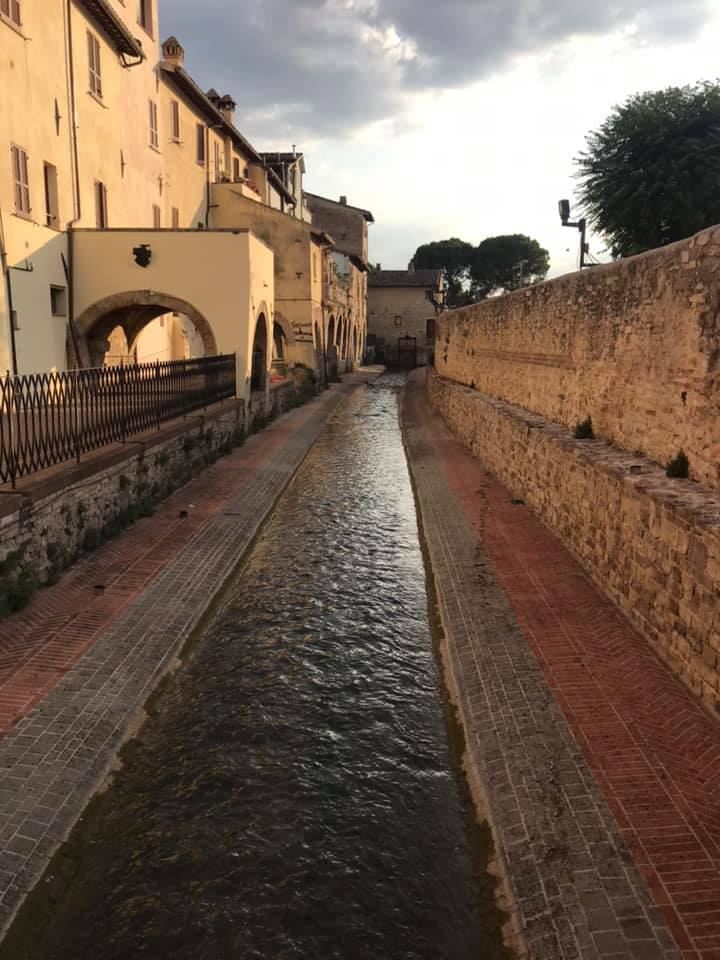
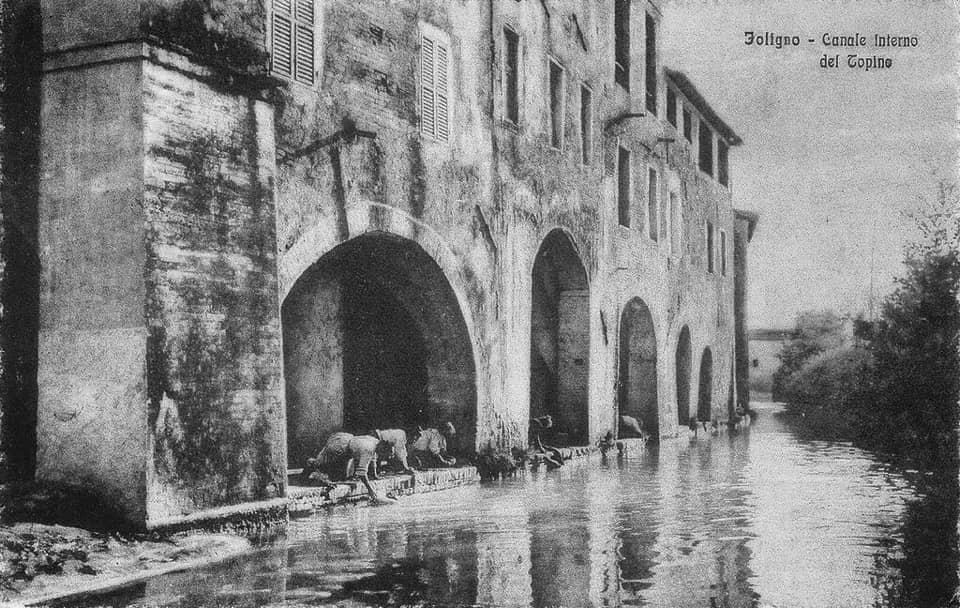
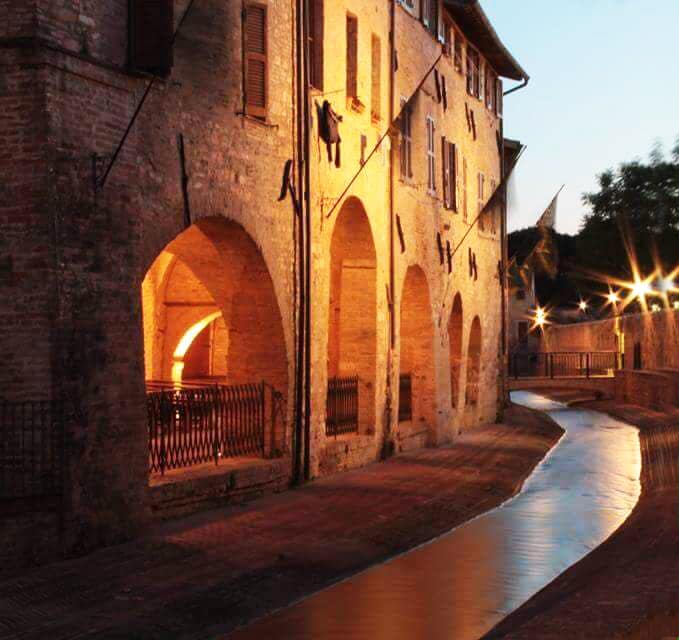
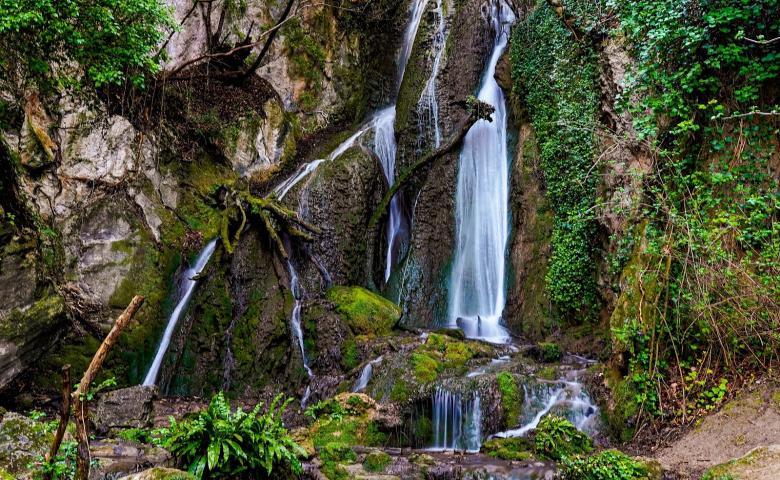


.jpg/9c821287-b9ac-2175-7491-002f9032c42f?width=780)
.jpeg/26712e88-9665-3ae2-a85e-3bd2b38b8a93?width=780)






